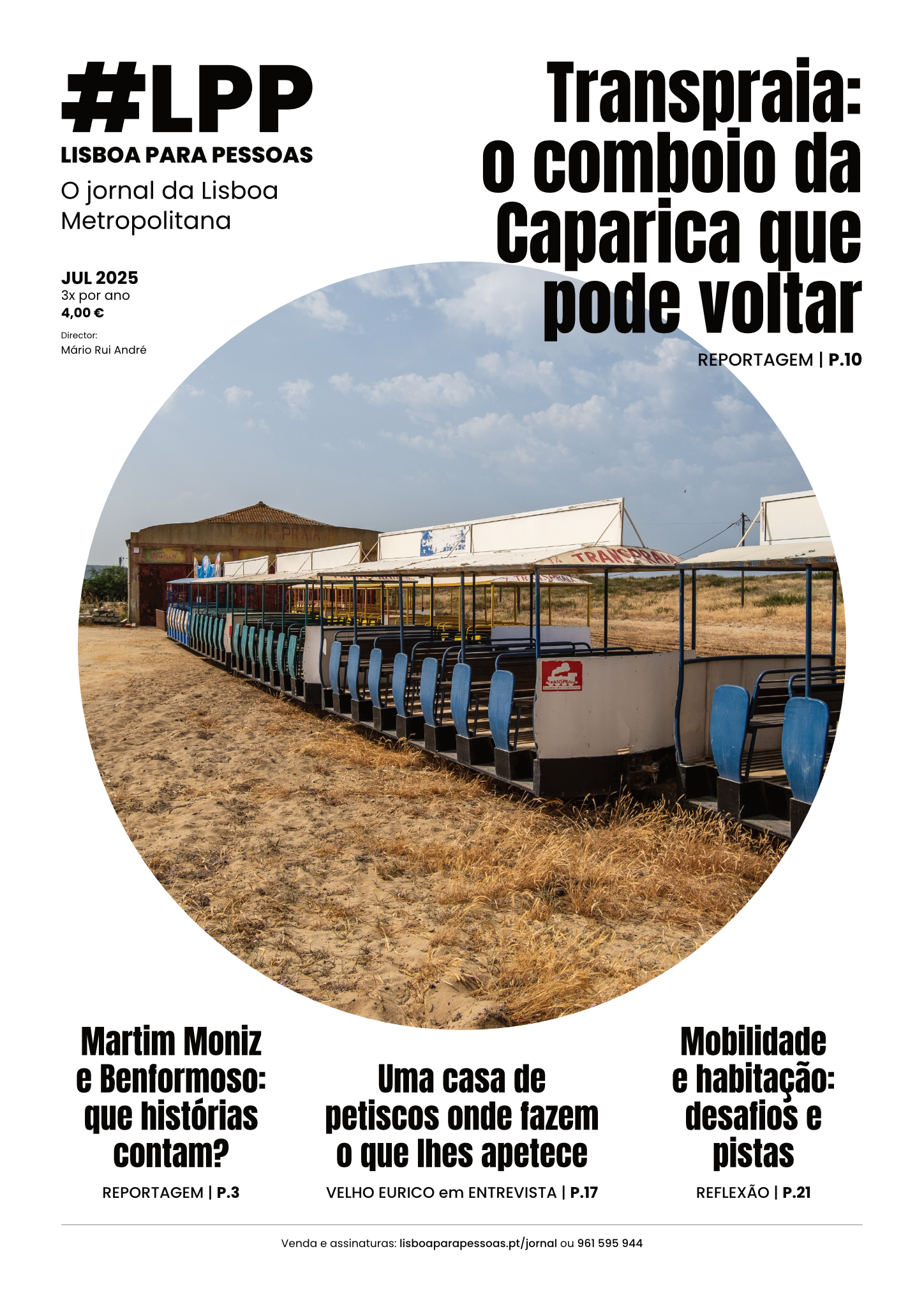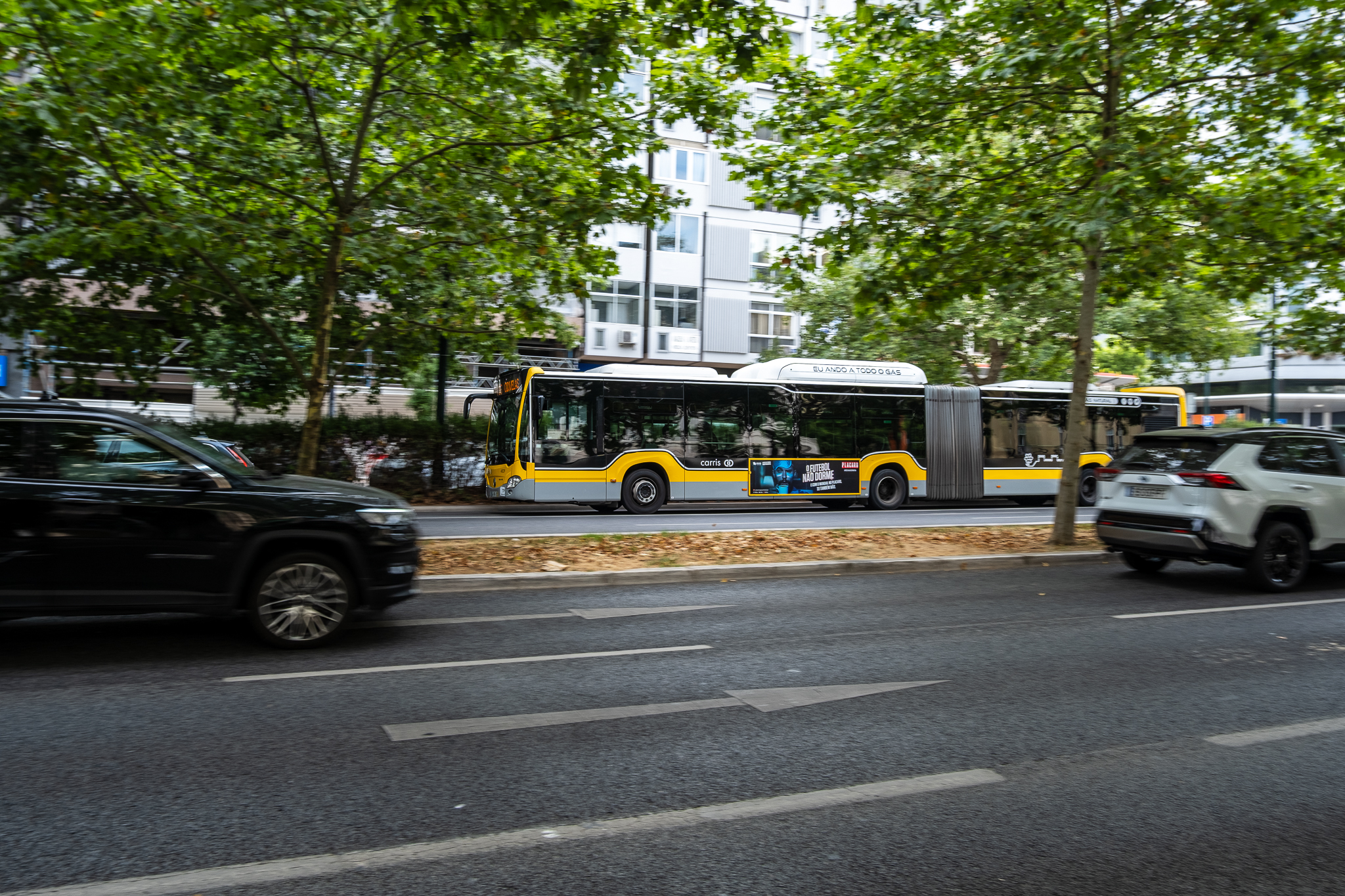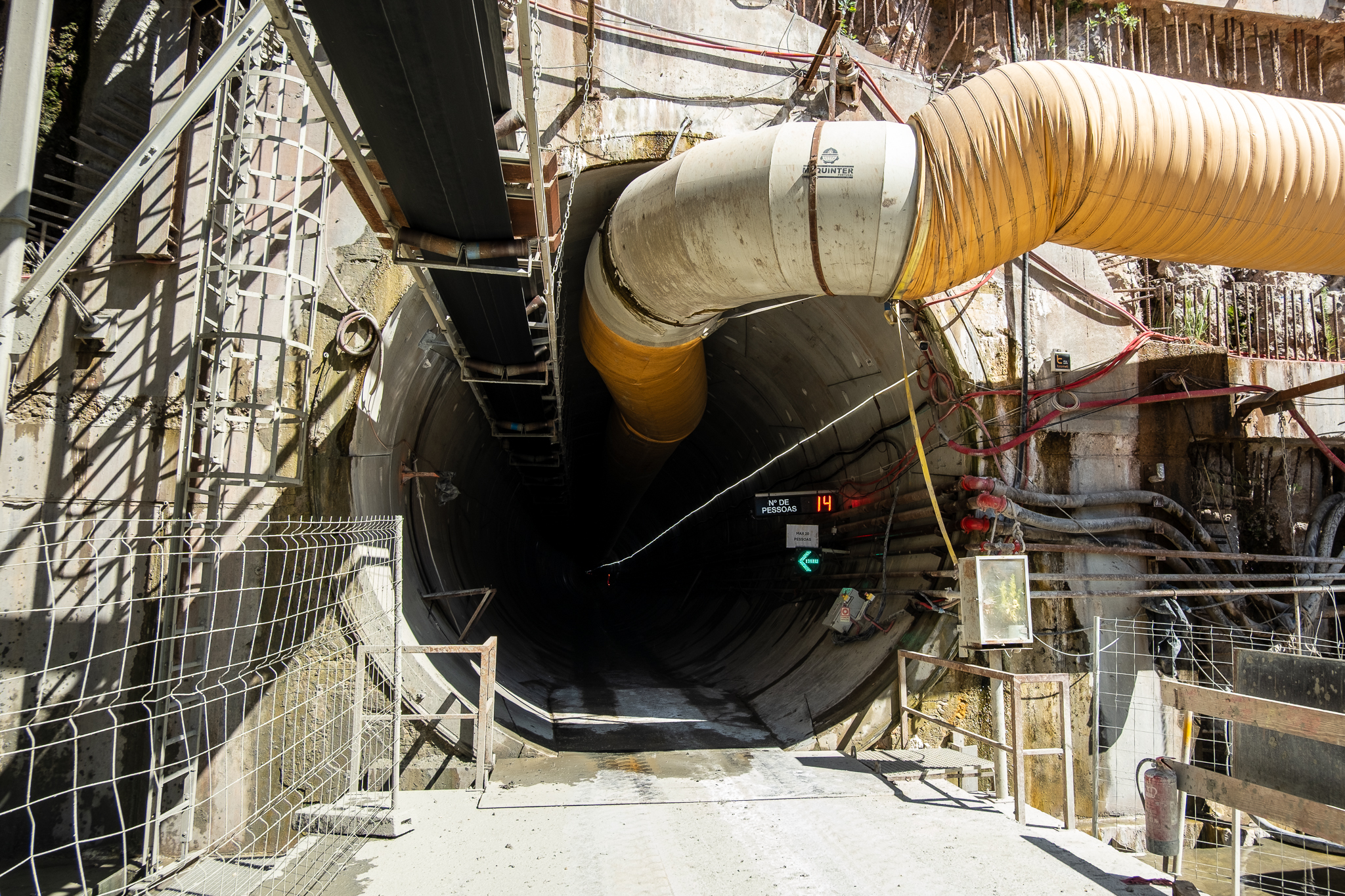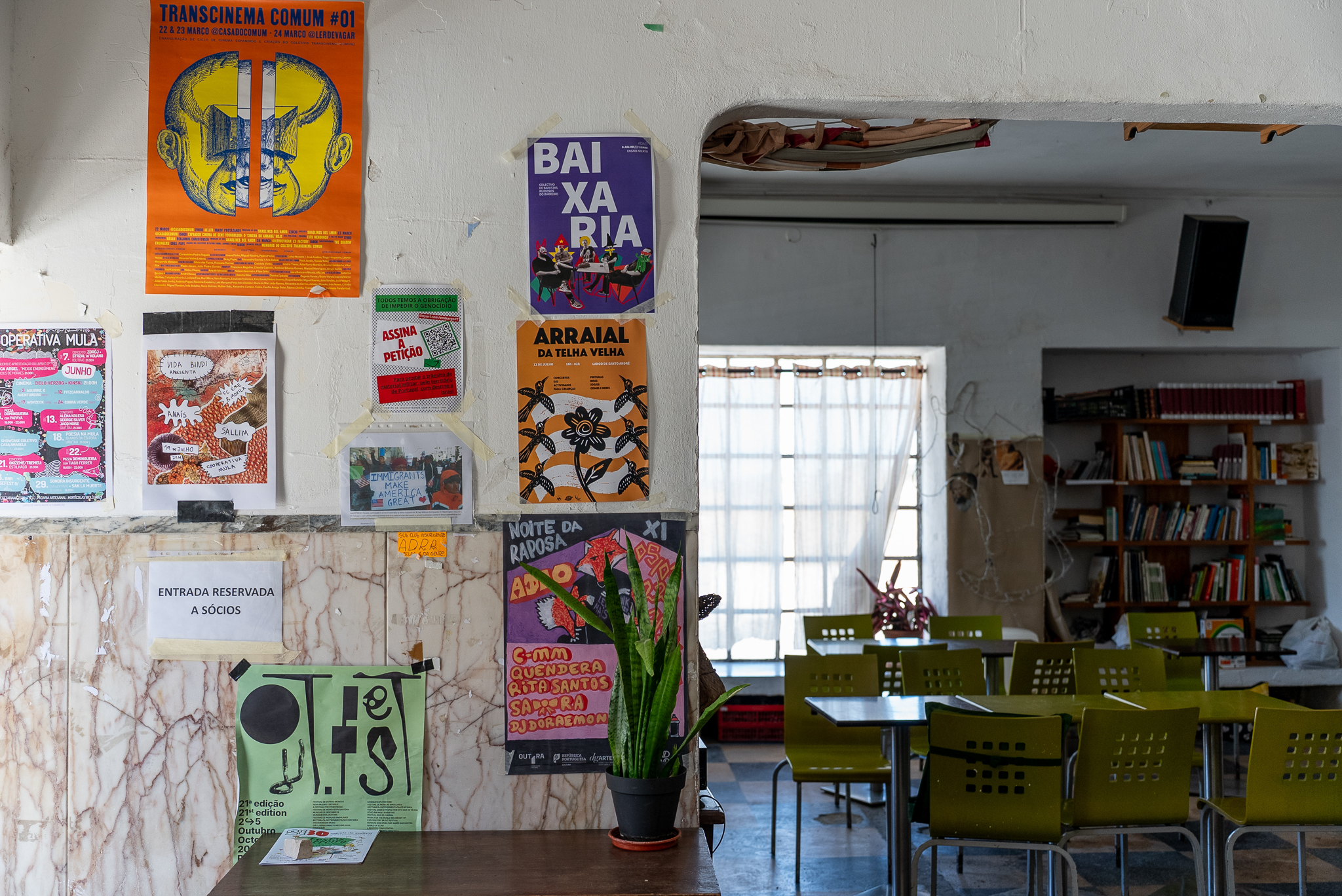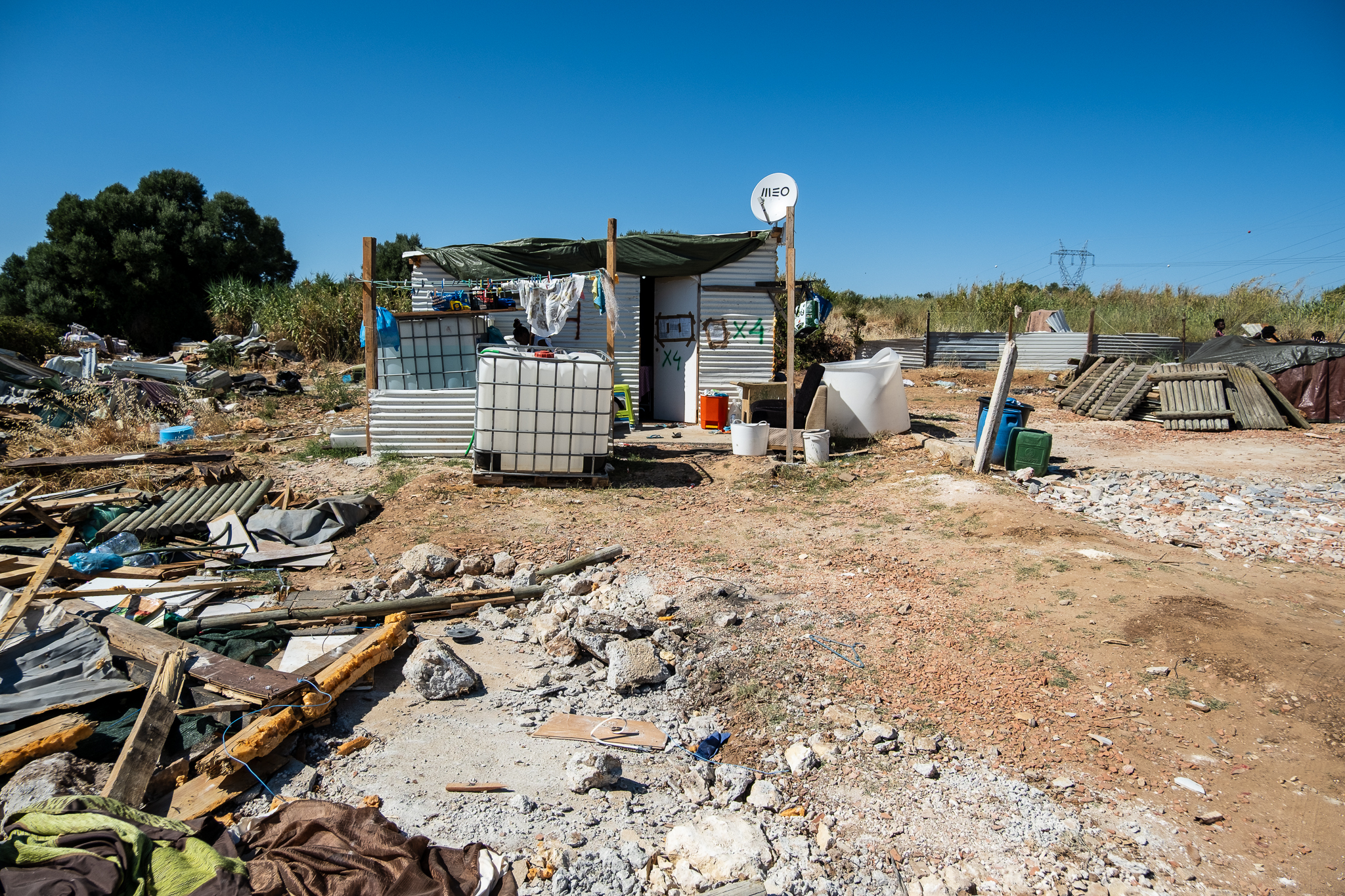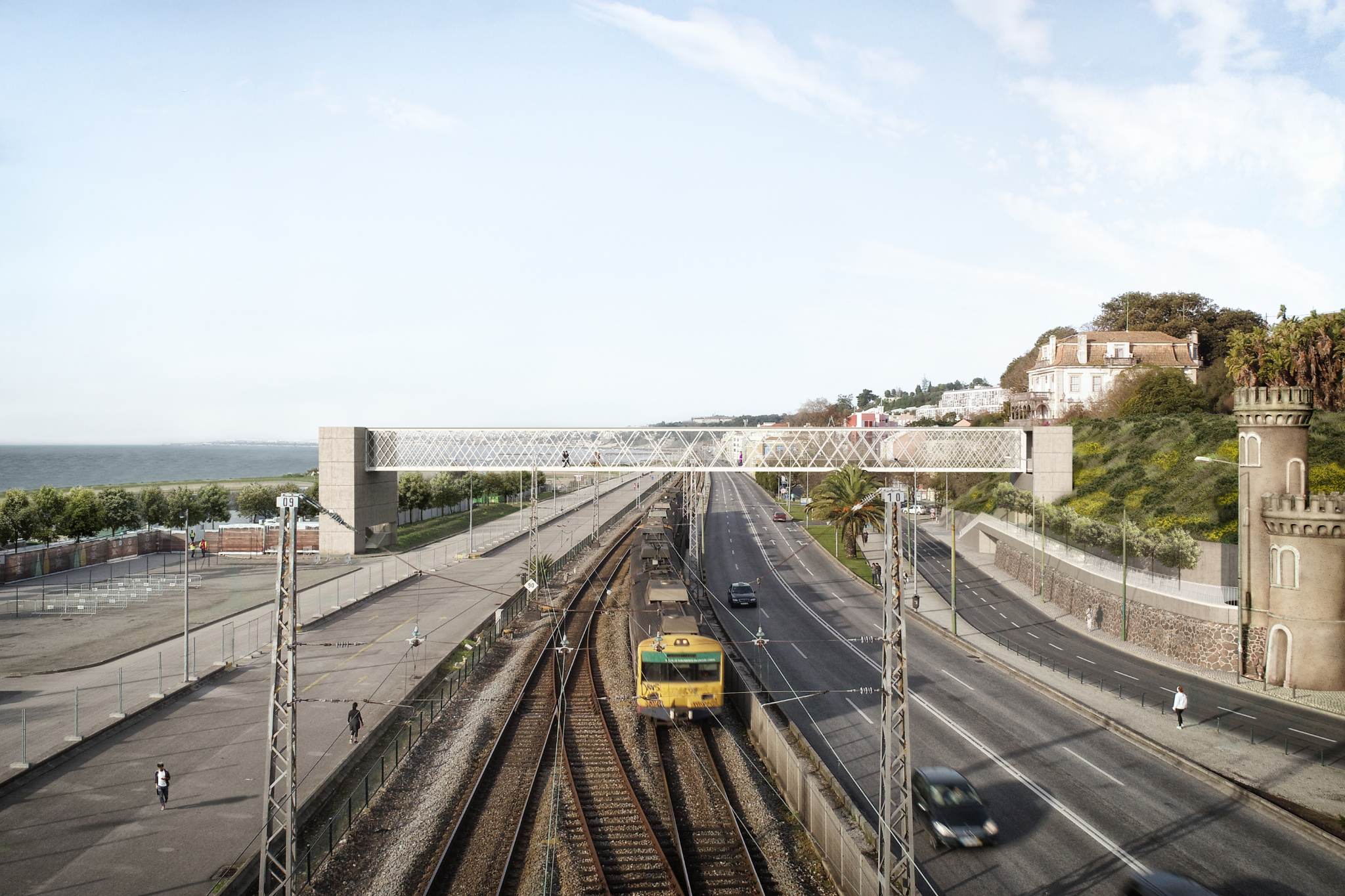
It's not exactly the Portuguese sidewalk that has become Intangible Cultural Heritage in our country, but its "art and know-how". Four months after the proposal was presented by the Portuguese Pavement Association, the proposal to include the "Art and Know-How of the Portuguese Pavement" in the national inventory of Intangible Cultural Heritage was accepted, according to the announcement published this Thursday in Diário da República.
The register states that the inscription was based on - quote:
- the importance of the event as a reflection of the identity of the group in which this tradition originated and is practiced (the Calceteiros community);
- The production of Calçada Portuguesa began as a specific technique in the first half of the 19th century, in a context in which the art of cobbling was thousands of years old;
- the importance of the event due to its social anchoring in the national panorama, being appropriated as an identity reference in Portugal and in countries with which cultural exchanges take place;
- the relevance of the event for sustainable development in the territories where it is practiced;
- the need to urgently safeguard this manifestation of intangible cultural heritage, given the characteristics of the current context of intergenerational transmission of this know-how, which pose risks of extinction of this craft practice in the medium or long term;
- the safeguarding and enhancement measures recommended for the protection and future viability of the event, specifically those relating to heritage, science, training and the economy.
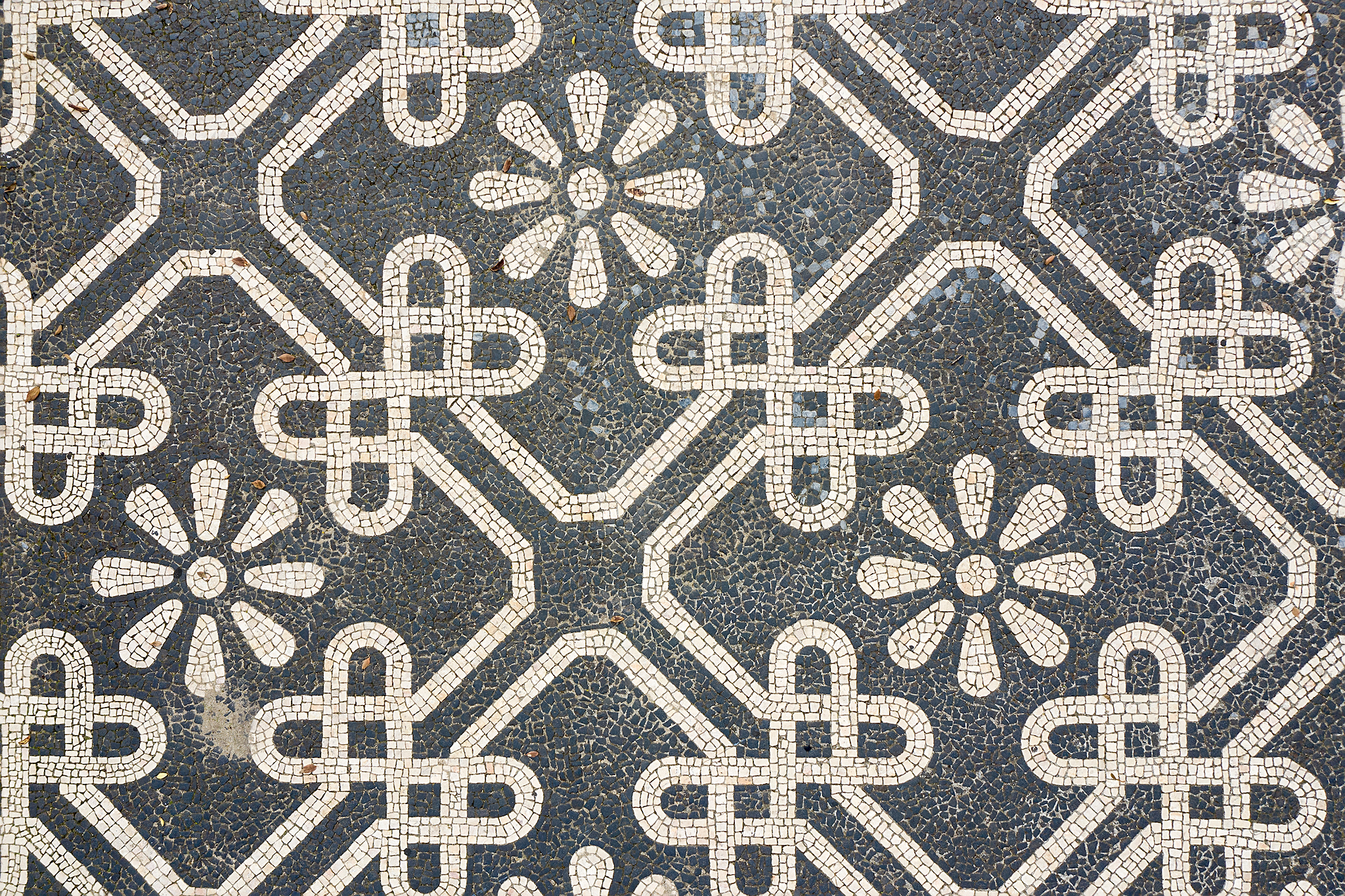
The proposal to elevate the "art and know-how" of Portuguese sidewalk to Intangible Cultural Heritage of the country came from Portuguese Pavement Association and was presented in March. António Proa, secretary-general of the association and also a Lisbon municipal deputy, pointed out that while in 1927 there were around 400 pavers in the city of Lisbon, in 2020 there were only 18, and only 11 were active.
The association presented the decrease in the number of master pavers, the lack of maintenance and poor construction, the strong competition from other types of paving and the decline of the stone extraction and processing industries as the main threats to the preservation of stone. ours sidewalk. At the same time, the promotion of the sidewalk as a distinctive and identifiable element, the enhancement of the profession of sidewalk worker, the rehabilitation and conservation of this heritage, its adaptation to people's mobility needs and the promotion of new artistic proposals were indicated as opportunities.
Since it is already Intangible Cultural Heritage, the aim is now to present a proposal to the United Nations Educational, Scientific and Cultural Organization (UNESCO) for a candidacy of the "art and know-how" of Portuguese sidewalk for Intangible Cultural Heritage of Humanityas was the case with Fado.
